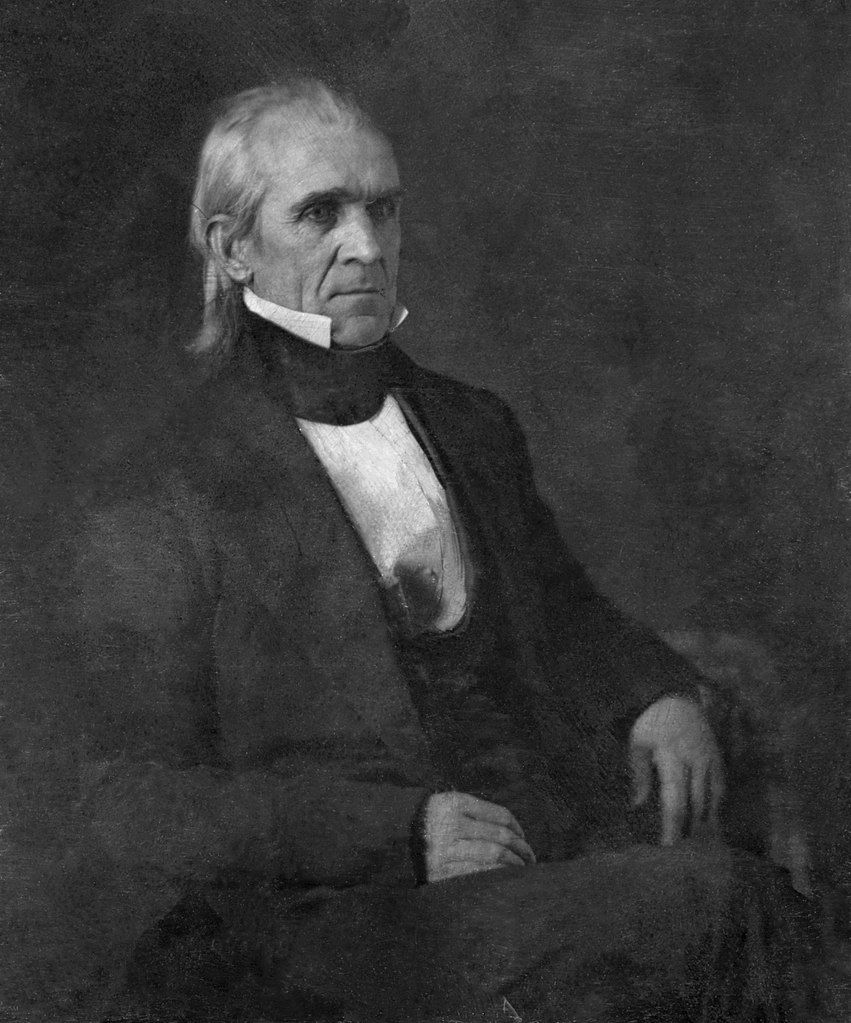Mexico Surrenders at Guadalupe-Hidalgo: February 2, 1848
- Christopher Zehnder
- Jan 28, 2023
- 4 min read
From our text, Lands of Hope and Promise, A History of North America.

It was September 13. [General Winfield] Scott had granted Santa Anna a fortnight’s truce to consider terms of surrender. When Santa Anna refused the terms, Scott renewed his assault. Chapultepec was the last obstacle standing between the U.S. forces and the Mexican capital. Abandoned by Santa Anna, the few defenders of Chapultepec could not withstand the American assault. In their number were the boys of the Mexican military academy, since called Los Niños Heroes (the boy heroes), who fought doggedly, but futilely, against the invader. All were killed as the Americans scaled the fortress walls. Soon the Mexican flag was lowered over Chapultepec. In its place hung the Stars and Stripes.
That evening, the American forces broke through the walls of Mexico City. Santa Anna retired to Guadalupe while American forces and the Mexicans engaged in desperate street fights. Two United States lieutenants, Raphael Semmes and Ulysses S. Grant, mounted howitzers on roofs and belfries, riddling the enemy below with deadly fire. Finally, on the morning of September 14, 1847, the city government let fly the white flag. The ragged and bloody American forces, led by two generals (one wearing only one boot) marched into the plaza in front of the cathedral that Cortés had built. A few minutes later, General Scott, splendidly clad, his sword gleaming, rode in triumph into the plaza leading a company of dragoons. The cheers of the soldiers greeted their victorious commander.

The conquest of the Mexican capital did not lead immediately to peace. On the night of September 14, snipers picked off American soldiers as they retired to their sleeping quarters. Santa Anna and the puros planned to gather new forces to cut Scott off from Veracruz. In the weeks and months following the conquest of the capital, guerrilla warfare, carried on by patriots and bandits both, assailed the American forces, while Santa Anna led an unsuccessful attack on U.S. forces at Puebla.

The moderado congress, however, wanted peace. Some of the northern Mexican states were threatening secession during the long months following the capture of Mexico City, and in the south Mayan Indians in the Yucatán were carrying on a rebellion with arms supplied by British merchants in Belize. From Querétaro, about 100 miles from the capital, Manuel de la Peña y Peña, chief justice of the Mexican supreme court and the acting president, opened up negotiations. At first, the U.S. demands were so severe that the Mexican government refused to consider them. But, with the U.S. government threatening to renew the war, Peña y Peña and the congress at last agreed to sign a treaty U.S. and Mexican representatives had ratified on February 2, 1848 at the town of Guadalupe Hidalgo, about 150 miles north of the capital.
The Treaty of Guadalupe Hidalgo is the only treaty in U.S. history to open with an invocation of God: “In the name of Almighty God.” In this treaty, Mexico agreed to cede Alta California and New Mexico (including Arizona, western Colorado, Utah and Nevada) to the United States for $15 million and affirmed the Río Grande as the southern boundary of Texas. In return, the United States would assume all unpaid debts owed by Mexico to American citizens. The treaty guaranteed the rights of Mexicans residing in the ceded territories. Their property, said the treaty, “shall be inviolably respected,” and they “shall be maintained and protected in the free enjoyment of their liberty and property, and secured in the free exercise of their religion without restriction.” Grants of land made by Mexico to individuals, said the treaty, shall “preserve the legal value which they may possess; and the grantees may cause their legitimate titles to be acknowledged before the American tribunals.”

Thus Mexico lost more than half of her territory and the United States were able to fulfill what they deemed their “manifest destiny” to extend from “sea to shining sea.” There were some, particularly slaveholders in the Gulf States, who wanted Congress to demand the whole of Mexico; and Polk himself confided to his diary, “if the treaty was now to be made, I should demand more territory.” But in the end Polk thought it best to leave well enough alone. The Senate ratified the treaty on March 10, 1848.
As for Santa Anna, pursued by Texas Rangers, who sought revenge for the Alamo, the old general was forced to flee into the mountains. But, as usual, good luck was his. Given safe conduct by the Americans, Santa Anna sailed for Jamaica, his new home in exile. Only five years would pass, however, before the Napoleon of the West would return and play his last performance on the stage of poor Mexico.
"Susannah, Don't You Cry"
While the war was raging in Mexico, the American songwriter, Stephen Foster, wrote one of his most famous songs, "Oh, Susannah." The song was first performed in Cincinatti, Ohio, in September 1847 and published in February 1848.


